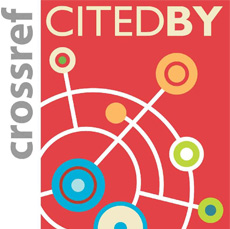ISSN : 1226-4946(Print)
ISSN : 2288-5412(Online)
Two Voices of Cognitive Creativity in W. B. Yeats’s A Vision
Taeho Han
Abstract
Yeats’s occult-visionary work of A Vision displays two cognitive mindflows,top-down or bottom-up movements, or the falling voice of Godly entity andthe rising voice of human voice. The two brain hemispheres of his literariness canrepresent the cognitive intermixtures of his mind, but still do not clearly show theneutral zone of mind. This indeterminate domain can be his genuine occulticism. Hisliterary intentionality portrays the nomological predicates of his elemental minds, butas shown in the four icons of the ghost in “All Souls’ Night,” it is still hard toschematize them cognitively.
W. B. 예이츠의 『환상록』에 나타난 인식론적 창의성의 두 목소리
한 태 호
저자: 한태호는 캐나다 요크 대학에서 선과 인식론 석사학위 논문을 쓰고 있다. 그는 1992년 한양대학교에서 “왈러스 스티븐스의 작품의 선의 시학: 동양적 접근”으로 박사학위를 받았다. 그는 최근에 캐나다에서 시부문 CBS 문학상 수상자 후보에 올랐고, 스텔라 문학 페스티벌에서 일등상을 수상하였다.
초록
예이츠의 환상록 속의 신비적-환상적 작품은 두 가지 인식 흐름, 즉 하향적이거나 상향적 움직임, 다시 말해서 신적 존재의 하향적 목소리와 인간의 상향적 목소리의 흐름을 보인다. 이원적 의식의 흐름은 곧 시인의 인식론적 마음을 표현하는 과정이며, 불교의 중도론적 인식 과정을 대변한다. 예이츠의 신비학도 이 불가지 세계에 대한 인식론적 반응이며, 대체적으로그의 문학적 의도성은 시인의 원소론적 마음을 드러내는 고정, 심학(心學)이라고 할 수 있다. 다만 만성제야 시에 드러나듯이, 4 원소인의 인식 형상이 인식론적 도식화 과정의 어려움을 대변해준다.










